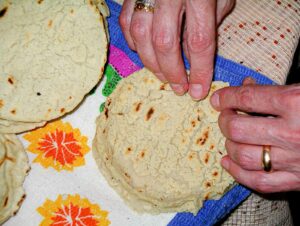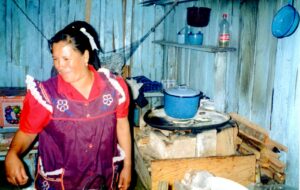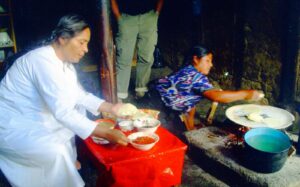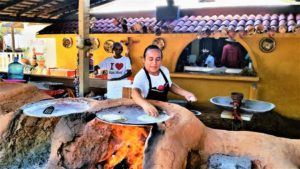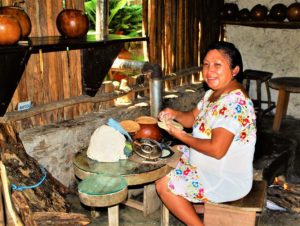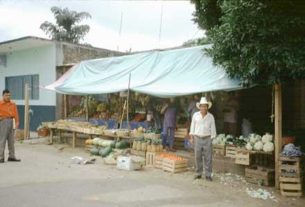You’re at your favorite Mexican restaurant and decide to enjoy a great tortilla with salsa and cheese. You palm the warm disc and spoon chili along the middle bend. That looks great, especially after you sprinkle cheese over the filling. You fold your masterpiece and take a bite. Great, but a second later, your tortilla splits and your creation spills, making a mess. Could a tortilla possibly be more complicated than it appears?
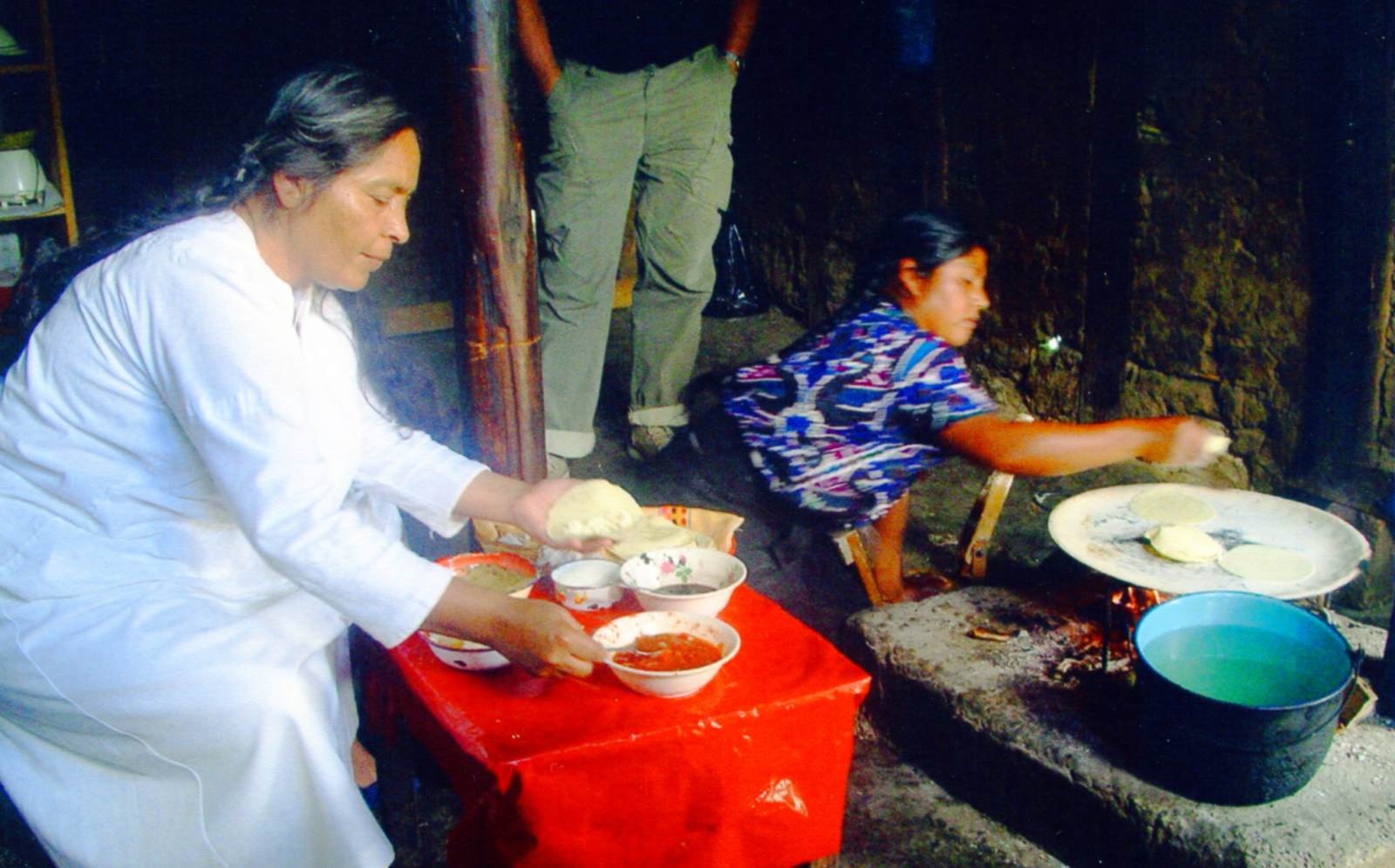
The tastiest tortillas ever?
Among a cluster of thatch huts in a Mayan village, where the Yucatán Peninsula fuses into the mainland, María patted out the tastiest tortillas I ever consumed. In 1972, the scanty maps and broken rock roads were always an adventure. Only Mayan was spoken. Mexico proper, much less the modern world, had yet to touch that village. I’m unsure which Mexican state-or even country-we were in, as British Honduras and Guatemala abutted that region. María, my friend’s wife with a year-old baby on one hip, deftly worked corn tortillas over a sizzling hot three-hundred-year old, coal-black, flat piece of iron. A mango, a half dozen guanábana and banana trees provided shade. A light wind danced through the village providing some relief in the tropics. As if by magic, tortilla after steaming tortilla spilled forth from María’s skillful touch. To this day I have no idea what meats we rolled in those tortillas. I enjoyed the meal and now, many years later, I appreciate how lucky I was to experience that simple isolated banquet.
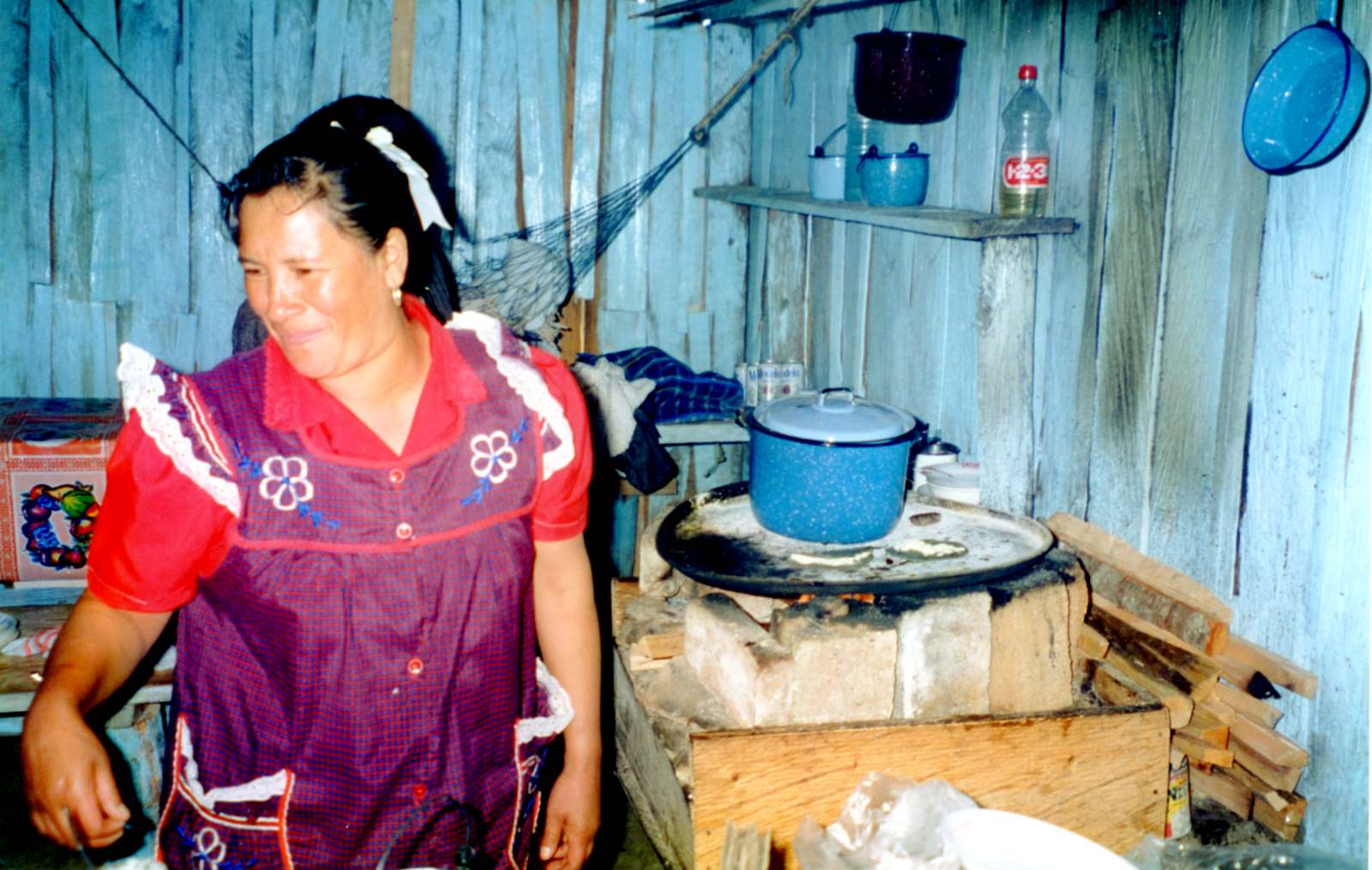
Tortillas, tacos, tostadas and quesadillas
I never tasted Mexican food, much less a tortilla, until deep inside Mexico during 1971. Since then I’ve spent a month or more in Mexico, virtually every year. Over time, I’ve found the simple tortilla is a marvel of complexity. Since that first trip I’d learned a bit of Spanish, but got confused in our American restaurants. The word “taco” was used for tortilla, and it took me a while to figure out why I was being served a hard shell. To this day, I rarely hear the word taco used in Mexico as we do, meaning a hard-shelled or tostada. Mexican amigos use the term, although quesadilla actually means what we call taco in the USA., not a cheese-filled tortilla. Quesadilla, from the nahuatl, “Quetzaditzin,” means “bend tortilla” and is properly used with any kind of food in Mexico City and central Mexico. For the rest of the country, it means tortilla with cheese inside.
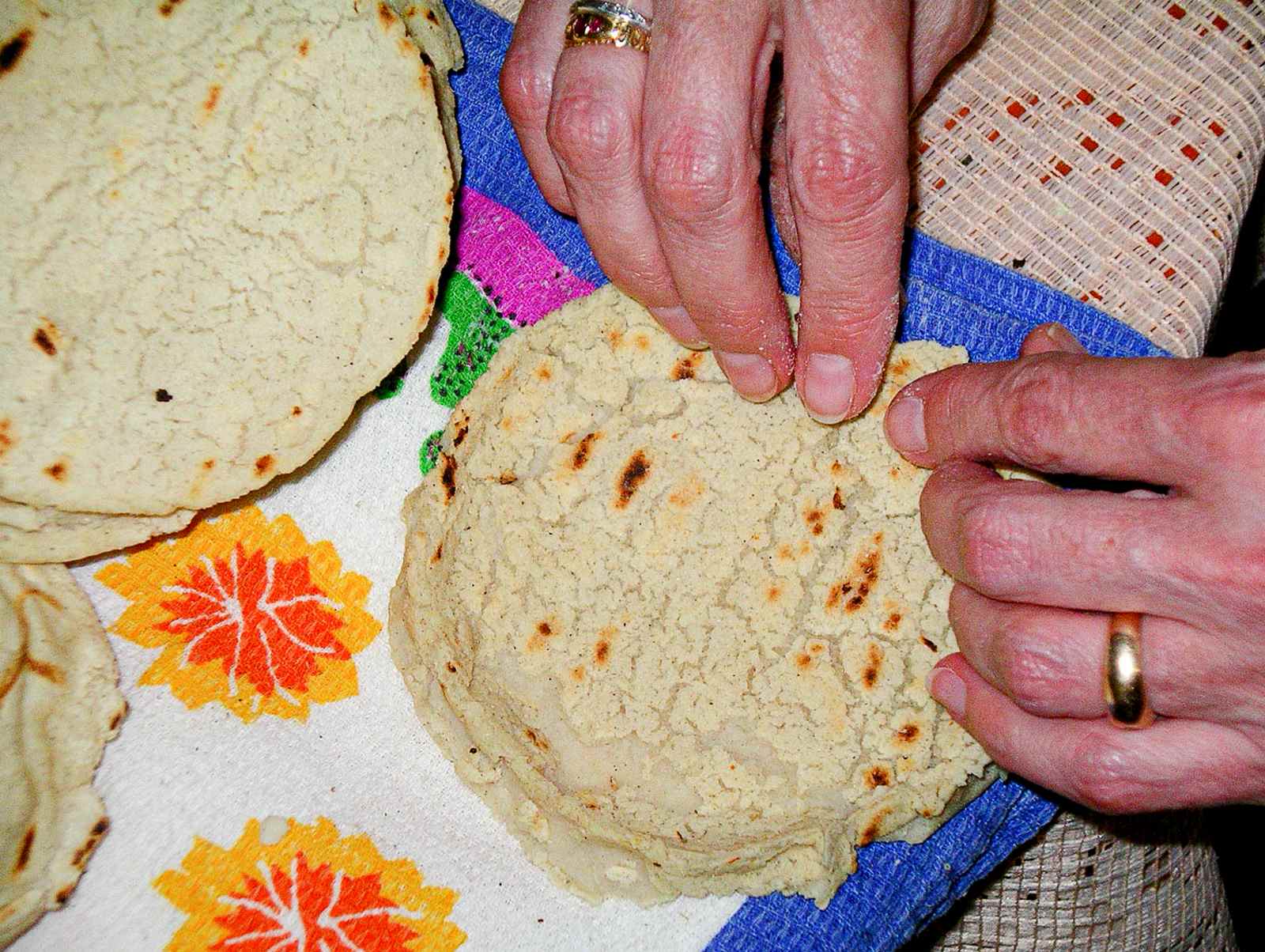
Corn or wheat?
If I’ve confused you so far, hang on, for Mexico is known for being a puzzle in many ways. Still, let’s keep it simple for a while. We have the corn tortilla, tortilla de maíz, and the wheat flour tortilla, tortilla de harina. The origin of the tortilla is Mexico. The Maya have a saying concerning corn that is very close to the Biblical, “Wheat is the staff of life.” With a history dating back 10,000 years, according to some archeologists, you might reasonably expect there’s something more to that flat little disk called a tortilla.
The first thing you should discover when reaching for your tortilla is a burnt finger or two from tortillas too hot to immediately handle. If this isn’t the case, your restaurant management doesn’t know much about tortillas and perhaps not much about Mexican cuisine. A cold or cool tortilla will crack, spilling your ingredients, but a steam-engine hot one allows you to enjoy your meal properly. I’m personally satisfied good Mexican restaurants have some sort of nuclear device hidden away that imparts long-lasting heat to cloth-covered tortillas.
Now that we have the necessary basic tortilla information, we reach a major question. Which surface of the tortilla is the proper side to roll or to throw on a grill over live coals? This, too, influences whether your tortilla cracks. I’d guess the average person has eaten fifty percent of their tortillas incorrectly.
If one watches a tortilla-making machine as they spill forth, the observer will notice the slightest curve as they are stacked and bundled. The hand patted tortilla will possess a curve too, albeit more difficult to see. If we carry forth our meal in true Mexican fashion, we’ll use either a grill or flat metal or even a slightly pan-shaped, drum-like piece of metal over coals, or an open fire for heating. Proper preparation requires the tortilla be turned three times. The concave shape should face up on two of those turns.
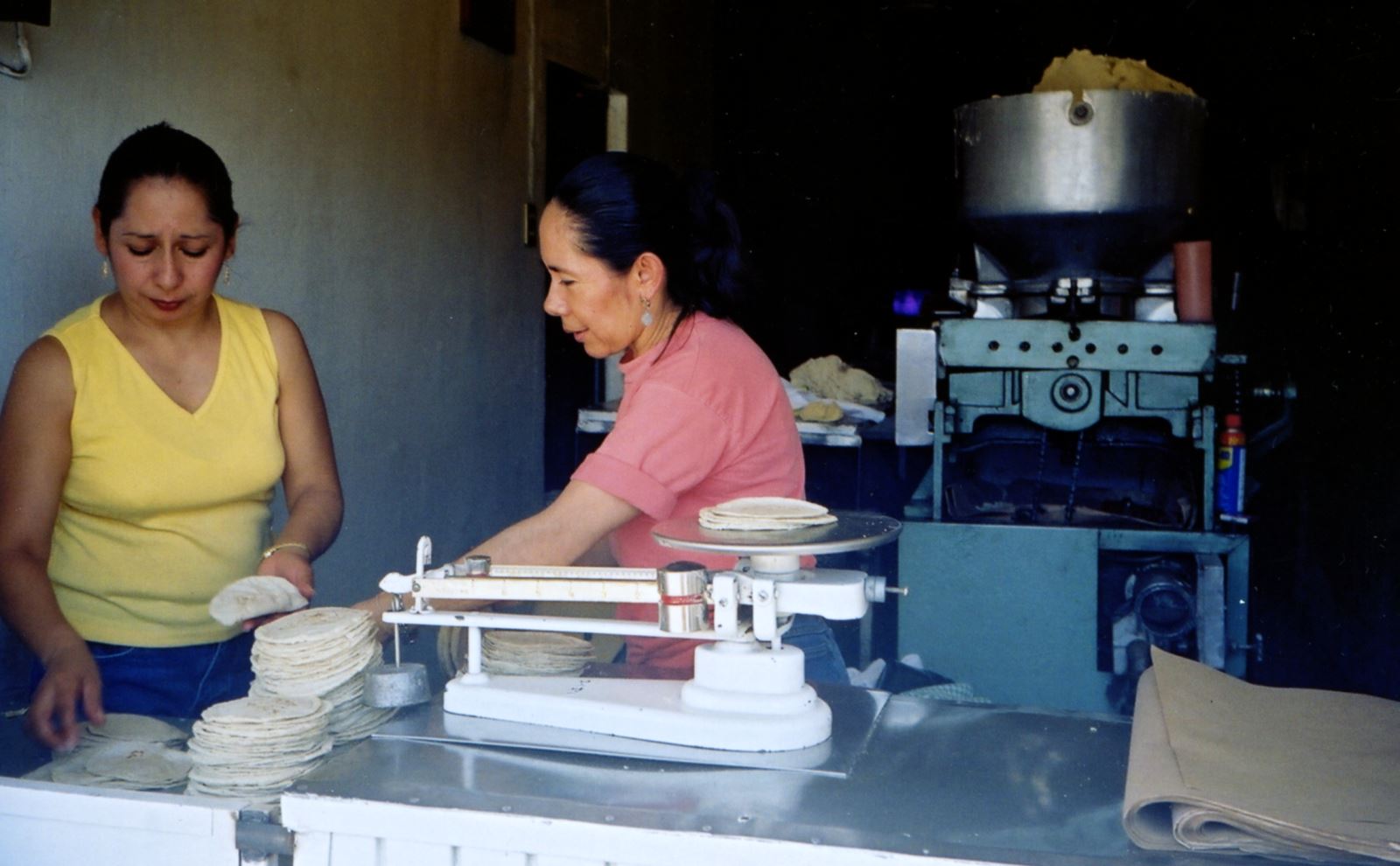
Hand-made superior to machine-made
Today, many Mexican restaurants advertise tortillas prepared by hand. It is a sad state of affairs that mechanization, like it did with bread, reduces the flavor and personal touch that once influenced the tortilla. Modern Mexicans live in a fast-paced world and a properly patted-out tortilla is becoming a thing of the past. Still, most Mexicans recall Mom or Grandma making tortillas, and appreciate the difference in quality and taste. Enterprising restaurateurs have stepped forth to offer hand-made tortillas to their customers.
One mystery of the tortilla is the fact that several women working with masa, the dough, from the exact same batch, produce tortillas that taste differently. I can’t claim to recognize the variances unless there’s an extreme difference in flavor. However, after a lifetime of enjoying tortillas, Mexicans immediately recognize one as being superior to another.
A lady in the town of Tecolutla is consistently recognized as making the best tortillas. She jokes: “My tortillas taste better because I don’t wash my hands after changing the baby’s diaper. “
While she’s teasing about making tortillas with a superior flavor, I’ve discussed the question with several Mexicans. The consensus is the odor of the person’s hands: dead skin cells and oil influence the dough in tiny ways that lead to differences in the ultimate flavor. All I know is, that over the years, I have become Mexican enough to much prefer hand-made tortillas to the machine-produced variety. I’m glad Mexico allows a more liberal attitude to restaurant health codes. Mexicans definitely enjoy a richer and more delicious variety of foods than other North Americans, and that smorgasbord of culinary delights is carried on the back of the simple tortilla. Yes, to this day, I still wonder if Maria washed her hands after changing diapers so many years ago.

